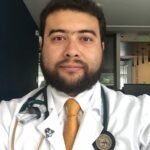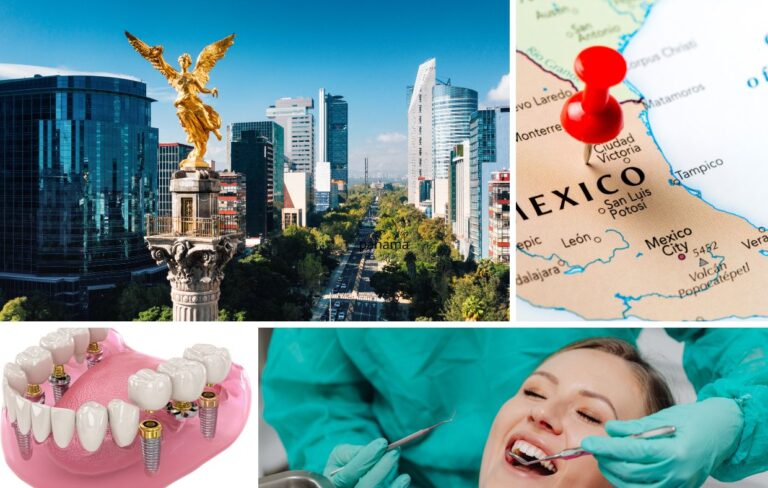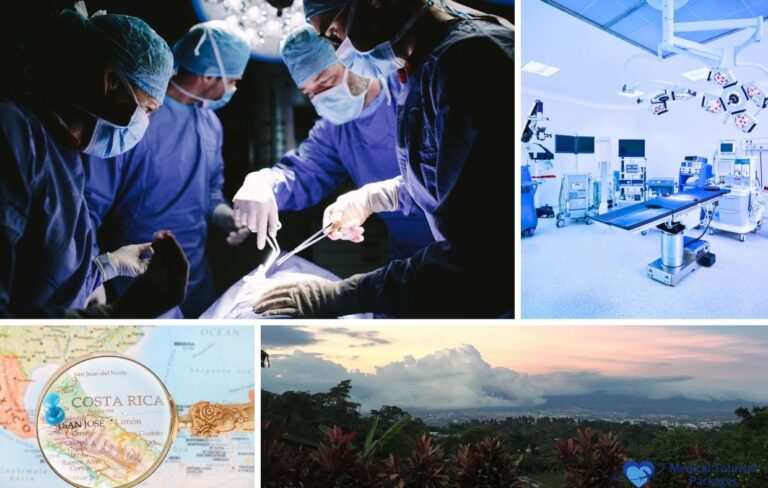Book Appointment Now
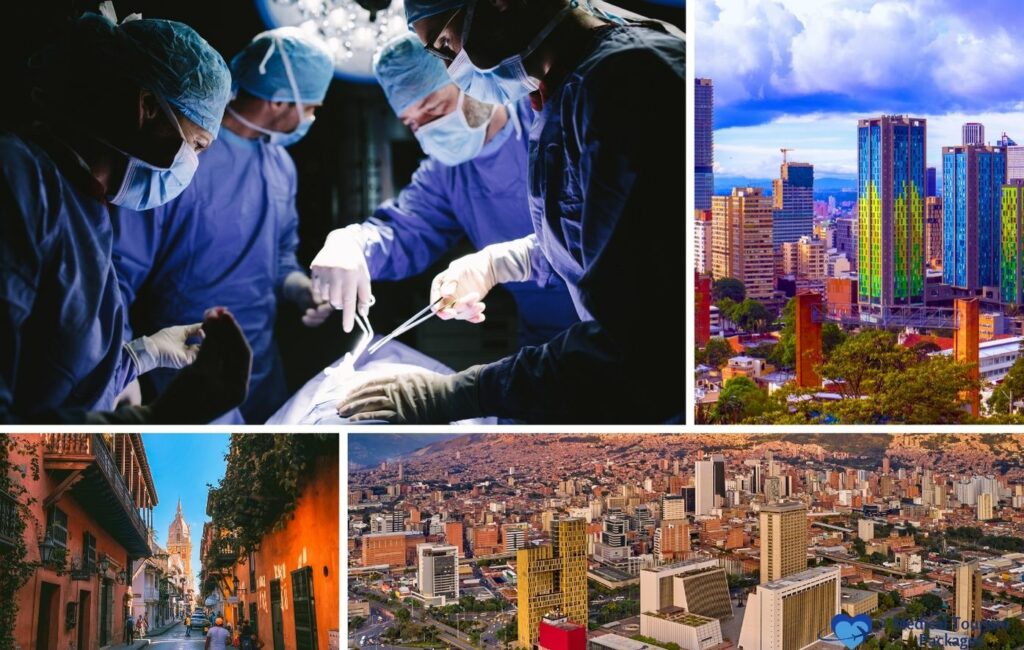
Your Ultimate Guide to All-Inclusive Plastic Surgery in Colombia
Plastic surgery in Colombia offers world-class results at 40-70% lower costs than the US, with SCCP-certified surgeons performing over 400,000 cosmetic procedures annually.
Quick Answer: Colombia’s top plastic surgeons, certified by SCCP, achieve 98.2% patient satisfaction rates. Costs range from $2,500-$12,000—40-70% less than US prices—with leading surgeons completing 5,000+ successful operations in JCI-accredited facilities.
Our network connects you with board-certified surgeons across Bogotá, Medellín, Cali, and Cartagena—each verified for SCCP credentials, facility accreditation, and patient outcomes. Below, you’ll find cost comparisons, top procedures, all-inclusive package details, recovery timelines, and profiles of featured surgeons.
Why Do Medical Tourists Choose Colombia for Plastic Surgery?
Medical tourists choose Colombia for experienced surgeons, modern clinics, and significant cost savings. You still need to verify safety carefully.
What Do the Statistics Show About Colombia’s Medical Tourism?
Research analyzing 658 international patients and 1,796 procedures paints a clear picture of who travels to Colombia for cosmetic surgery. Women make up 83% of patients, with 90% aged 20-54. The majority come from North America—66% from the United States and 12% from Canada. These are often working professionals: 25% hold professional positions, 21% work as managers, and 14% are technicians.
Most patients maximize their trip by combining procedures. A striking 72% receive multiple surgeries in one visit, averaging 2.7 procedures per patient. Safety standards remain high, with 99% of cases using general anesthesia in accredited hospitals. The results speak for themselves: studies show 98.2% patient satisfaction rates.
Body contouring procedures like BBLs, liposuction, and tummy tucks are most popular. Breast surgeries also attract many patients. This high volume creates experienced surgeons in these areas.
Why Do Professional Women Choose Colombia for Plastic Surgery?
Professional women make up 46% of patients, and their reasons for choosing Colombia are practical. Time efficiency matters—72% combine multiple procedures in one trip, making the most of their time away from work. Privacy also plays a role, as recovery abroad keeps them away from colleagues and social circles. The significant cost savings mean they can afford premium care options they might skip at home. And dedicated recovery facilities with nursing support ensure quality healing before they return.
How Much Does Plastic Surgery Cost in Colombia?
Cost savings run between 40-70% compared to the U.S., Canada, or Europe. A Lipo 360 + BBL costs about $6,100 in Colombia versus $12,400+ in the States.
Why the difference? Colombia has lower living costs. This means cheaper labor, supplies, and facility overhead. Surgeons pay less for malpractice insurance. Competition among providers keeps prices competitive.
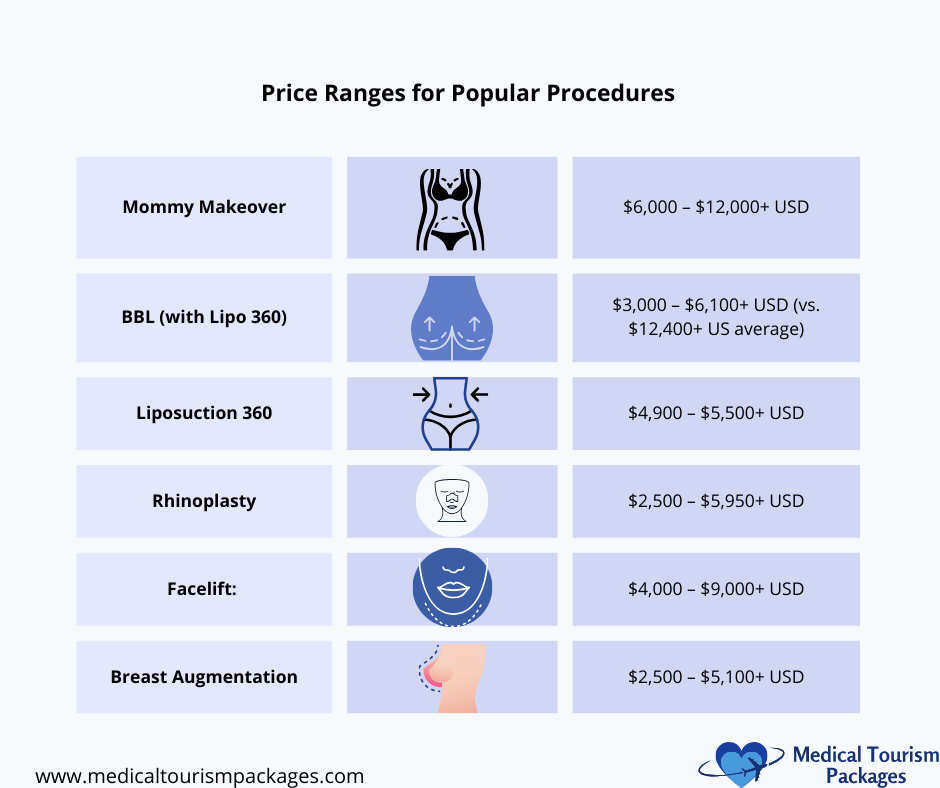
Estimated 2025 all-inclusive package ranges (excluding flights and complication insurance):
- Mommy Makeover: $6,000 – $12,000+ USD
- BBL (with Lipo 360): $3,000 – $6,100+ USD (vs. $12,400+ U.S. average)
- Liposuction 360: $4,900 – $5,500+ USD
- Rhinoplasty: $2,500 – $5,950+ USD
- Facelift: $4,000 – $9,000+ USD (Deep plane may exceed $11,000)
- Breast Augmentation: $2,500 – $5,100+ USD
Note: These ranges vary. Inclusions differ by provider. Flights, insurance, and complications cost extra.
What Factors Affect Package Prices?
Package prices vary based on several factors. A surgeon’s experience and reputation directly affect cost, as does the clinic’s accreditation status and location. More complex procedures or combinations naturally cost more. The technology used also matters—ultrasonic rhinoplasty, BodyTite, and J-Plasma command higher rates than traditional methods. Implant and material quality create price differences, as do accommodation type and length of stay.
What Are the Red Flags in Pricing?
Look for clear, itemized quotes. Avoid vague or “too good to be true” prices. Low prices often mean hidden costs or safety shortcuts. Stay away from providers using aggressive marketing or high-pressure sales.
What Extra Costs Should You Budget For?
Set aside money for:
- International flights
- Medical complication insurance (essential)
- Standard travel insurance
- Personal expenses and meals not included
- Possible visa fees
- Extra compression garments
What Qualifications Should Colombian Plastic Surgeons Have?
The gold standard is membership in the Colombian Society of Plastic Surgery (SCCP). These surgeons completed 4-5 year residencies after medical school. They follow strict ethical standards for all procedures.
Verify any surgeon’s SCCP membership yourself at cirugiaplastica.org.co. Many surgeons also hold international credentials like ISAPS, ASPS, or FACS.
What Are the Key Surgeon Credentials to Verify?
- SCCP (Colombian Society of Plastic Surgery): The primary professional body. Membership requires rigorous residency training. Website: cirugiaplastica.org.co
- ISAPS (International Society of Aesthetic Plastic Surgery): Global body for aesthetic surgeons. Website: isaps.org
- ASPS (American Society of Plastic Surgeons): Major U.S. organization with some international members. Website: plasticsurgery.org
- FACS (Fellow of the American College of Surgeons): Indicates rigorous evaluation of training and ethics. Website: facs.org
What Safety Standards Should You Look For?
Look for clinics authorized by Colombia’s Ministry of Health. Under these regulations, only qualified specialists can perform cosmetic procedures, and surgeries must happen in authorized clinics. Patients must sign informed consent forms before any procedure. INVIMA, the national regulatory agency, oversees all medical devices and implants used in the country. The government also restricts misleading advertising by cosmetic surgery providers.
Warning: Unlicensed practitioners and illegal “garage clinics” exist. These places are dangerous. Official statistics often miss incidents from this underground sector. You must verify credentials yourself.
What Clinic Accreditations Matter?
- “Habilitada” Status: Clinics must be authorized by local health authorities. Ask for proof.
- JCI (Joint Commission International): Global leader in healthcare accreditation. Website: jointcommissioninternational.org
- ICONTEC: Colombian national standards body. Website: icontec.org
- ASOCLICPER: Association of plastic surgery clinics. Website: asoclicper.com
- INVIMA: Regulates medicines and medical devices. Website: invima.gov.co
Always verify accreditations independently. Do not rely only on clinic or facilitator claims.
What Does the Safety Research Show?
Analysis of Colombian medical tourism shows strong safety records when patients choose accredited providers. In studied cases, 100% of procedures happened in accredited facilities with standardized pre-operative screening for all patients. Certified anesthesiologists handled 99% of cases, and clinics followed rigorous post-operative monitoring protocols.
What Do All-Inclusive Surgery Packages Include?
“All-inclusive” bundles surgery costs with support services. It makes costs predictable and logistics easier. But it usually excludes flights, complication insurance, and revision surgeries.
What Are the Most Popular Combination Procedures?
Based on analysis of 1,796 procedures:
- Body contouring (Lipo 360 + BBL): Most requested by North American patients. Performed by specialists including Dr. Johnatan Guevarra and Dr. Darío Garzón.
- Mommy Makeover: Breast and abdominal procedures combined.
- Facial rejuvenation: Often combined with body procedures
- Average 2.7 procedures per patient for best results and savings
What Package Types Are Available?
- Procedure-specific bundles: BBL, Mommy Makeover, rhinoplasty, etc.
- Tiered options: Basic to premium with better accommodations
- Customizable packages: Adjust services to your needs
- Facilitator packages: Managed experiences with full coordination
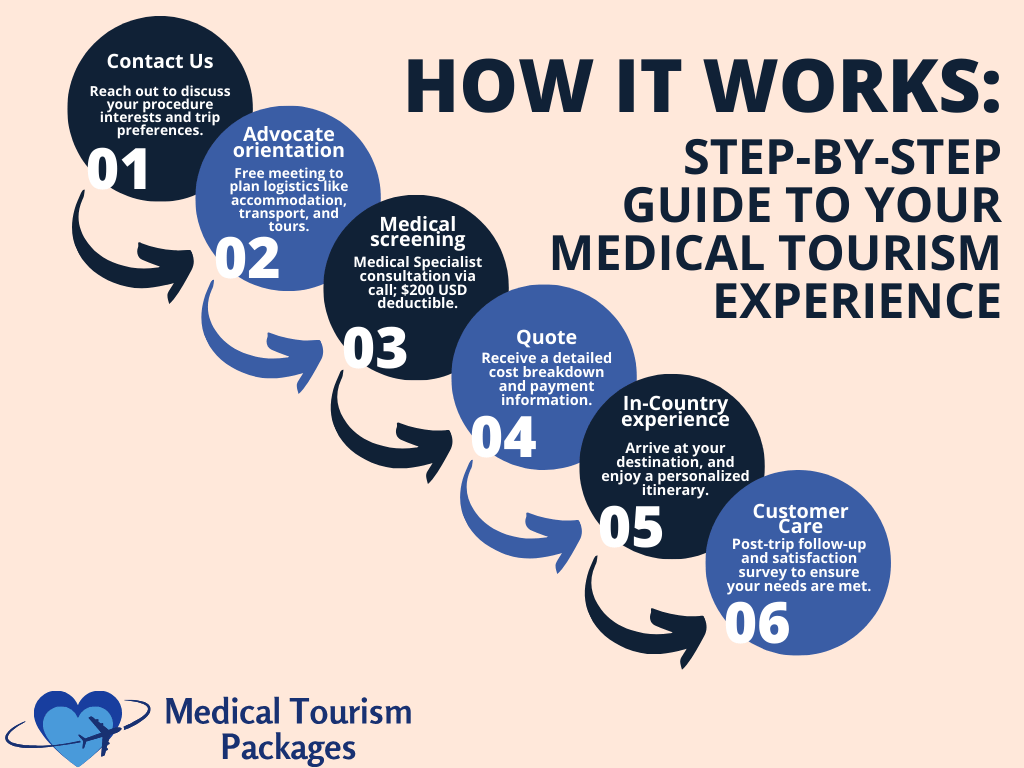
What Are the Best Cities for Plastic Surgery in Colombia?
The best cities are Bogota, Medellin, Cali, and Cartagena. Each has experienced surgeons and accredited facilities.
Why Choose Bogota for Plastic Surgery?
Bogota is Colombia’s capital and medical hub. It has many experienced surgeons and JCI-accredited hospitals. Good flight connections make travel easy. The cooler climate helps recovery. Bogota offers a sophisticated urban setting. Featured Bogotá surgeons: Dr. Johnatan Guevarra, Dr. Daniela Chaparro.
Why Choose Medellin for Plastic Surgery?
Medellin has pleasant year-round weather. Top-ranked hospitals and reputable clinics serve international patients. The city has a strong reputation for body contouring. Modern recovery facilities offer comfortable stays.
Why Choose Cartagena for Plastic Surgery?
Cartagena combines surgery with a tourist destination. Recovery happens in a beautiful Caribbean setting. Clinics often offer luxury recovery options. The beach atmosphere helps patients relax during healing. Featured Cartagena surgeons: Dr. Alex Campbell & Carolina Restrepo.
Why Choose Cali for Plastic Surgery?
Cali is a major plastic surgery hub with high procedure volumes. Prices are often 10-20% lower than other cities. The city specializes in body contouring procedures. Thorough vetting remains essential for all providers.
What Is the Step-by-Step Patient Journey?
The patient journey has six phases: research, booking, arrival, surgery, recovery, and departure. Each requires careful planning.
Phase 1: How Do You Start Your Research?
Do online research and contact providers. Send photos and medical history. Have a virtual consultation to discuss goals. Get a preliminary plan and package quotes.
Phase 2: How Do You Book and Prepare?
Select your provider and pay a deposit. Arrange pre-op tests at home if needed. Book flights or have the facilitator coordinate. Secure medical complication insurance (usually not included).
Phase 3: What Happens When You Arrive?
Arrive in Colombia at least 2-3 days before surgery. Longer flights (over 4 hours) may need 6+ days to reduce blood clot risk. You’ll be picked up, settled into accommodations, and have final consultations.
Phase 4: What Happens on Surgery Day?
You arrive at the facility fasting. The team does final checks and surgical markings. After your procedure, you’re monitored in recovery. Then you transfer to your accommodation with nursing support.
Phase 5: What Is the Recovery Period Like?
Recovery lasts 1-4+ weeks depending on your procedure. You’ll rest and manage pain. Nurses provide care. You’ll have follow-ups, wear compression garments, and start gentle walking.
Phase 6: What Happens Before You Leave?
Have a final check-up with your surgeon. Get clearance to travel. Receive home care instructions. Remote follow-up is often available. Note: managing complications at home can be challenging.
What Are the Recovery Timelines for Popular Procedures?
Recovery stays range from 6 days for breast augmentation to 30 days for mommy makeover. See the table below for details.
| Procedure | Min Stay in Colombia | Back to Work | Full Recovery |
|---|---|---|---|
| BBL | 10-15 days | 2-4 weeks | 3-6 months |
| Mommy Makeover | 20-30 days | 2-4 weeks | 6-12 months |
| Liposuction | ~12 days | 3 days-2 weeks | ~6 months |
| Rhinoplasty | ~8 days | 7-14 days | Up to 1 year |
| Breast Augmentation | 6-7 days | ~1 week | 4+ weeks |
| Facelift | ~10 days | 2-3 weeks | Several months |
Individual recovery varies. Always follow your surgeon’s guidance.
How Do You Select the Right Surgeon and Package?
Verify SCCP certification, check clinic accreditation, and compare itemized package quotes. Your safety depends on proper research.
Start by exploring our verified surgeon profiles. Each profile includes credentials, specialties, and experience details:
How Do You Verify Surgeon Credentials?
Must-do: Verify SCCP membership using their official directory. Look for international credentials (ISAPS, ASPS, FACS). Ask about experience with your procedure. Request before/after photos.
How Do You Evaluate Clinic Safety?
Confirm the facility is “habilitada” by local health authorities. Prioritize JCI-accredited hospitals. Check for ICONTEC or ASOCLICPER accreditations. Ask about emergency capabilities.
What Questions Should You Ask Providers?
- Are you SCCP certified? (Then verify independently)
- Where will surgery happen? What is its accreditation status?
- What are the emergency protocols?
- What is your experience and complication rate for my procedure?
- Can I see relevant before/after photos?
- What is included and excluded in the price?
- Is complication insurance included? What are the terms?
- What is your protocol for major complications?
- What level of nursing care is provided post-op?
- How long should I stay for recovery?
- How is follow-up handled after I return home?
What Are the Risks of Plastic Surgery in Colombia?
All surgery has risks. These include infection, bleeding, and anesthesia issues. Medical tourism adds specific risks.
- Blood clots: Risk increases with long flights (over 4 hours) combined with surgery
- Infections: Possible surgical site infections from different environments
- Follow-up problems: Managing complications at home can be difficult
- Language issues: Potential for misunderstandings despite translators
- Quality variations: Standards differ outside accredited facilities
- Legal challenges: Getting compensation across borders is very difficult
Choose verified surgeons and accredited facilities. Understand all risks. Get robust insurance.
What Insurance Do You Need for Surgery Abroad?
Standard travel insurance is not enough. It usually excludes elective procedure complications.
You need specialized medical complication insurance. Make sure it covers:
- Treatment both in Colombia and back home
- High enough limits (complications can cost tens of thousands)
- Adequate duration (at least 180 days post-op)
- Extra travel and accommodation if complications require extended stay
Factor this premium into your budget. Being uninsured can cause financial disaster. This insurance is essential.
Also get regular travel insurance for non-surgery emergencies like accidents or illness.
What Is Your Pre-Travel Checklist?
Complete these items before your trip:
- Verified surgeon credentials (SCCP/board certification)
- Verified facility accreditation
- Detailed, itemized package quote
- Medical complication insurance secured
- Standard travel insurance
- Flights booked
- Valid passport (and visa if needed)
- Pre-op tests completed
- Pre-travel instructions understood (medications to avoid, quit smoking)
- Finances arranged (package + flights + insurance + spending + emergency fund)
- Realistic expectations set
- Post-op support plan confirmed
- Communication plan (coordinator contacts)
Meet Our Board-Certified Plastic Surgeons in Colombia
Our network includes SCCP-certified surgeons with thousands of successful procedures. Each surgeon is independently verified and maintains affiliations with accredited facilities.
Featured Plastic Surgeons
- Dr. Johnatan Guevarra – Over 5,000 procedures performed. SCCP and ASPS member. Specializes in abdominoplasty, rhinoplasty, and gluteoplasty. Based in Bogotá.
- Dr. Alex Campbell & Carolina Restrepo – US-trained plastic surgeons at Premium Care. Specialize in body contouring and facial procedures. Based in Cartagena.
- Dr. Darío Garzón – Over 5,000 procedures. Body contouring specialist known for natural-looking results.
- Dr. Daniela Chaparro – Board-certified plastic surgeon specializing in breast procedures and mommy makeovers.
- Dr. Cristian Rocha – Expert in facial rejuvenation and rhinoplasty procedures.
→ View all our plastic surgeons in Colombia
Frequently Asked Questions
Why is Colombia a popular destination for plastic surgery?
Colombia is popular because of affordability and quality. Board-certified surgeons work in modern clinics. Cost savings of 40-70% compared to the U.S. attract patients. High satisfaction rates of 98.2% show quality results.
How much can I save by getting plastic surgery in Colombia?
You can typically save 40-70% compared to U.S., Canada, or Europe prices. A Lipo 360 + BBL costs about $6,100 in Colombia versus $12,400+ in the United States. Savings remain even after adding travel costs.
What qualifications should a Colombian plastic surgeon have?
The surgeon should have SCCP (Colombian Society of Plastic Surgery) certification. This requires a 4-5 year residency. Many also hold ISAPS, ASPS, or FACS credentials. Always verify through official directories.
What’s included in an all-inclusive plastic surgery package in Colombia?
Packages generally cover surgical costs, recovery accommodations, transportation, and nursing care. They also include medications and compression garments. Flights, travel insurance, and complication insurance are usually not included.
How can I verify a Colombian clinic’s accreditation?
You can check that the clinic is “habilitada” by local health authorities. Look for JCI, ICONTEC, or ASOCLICPER accreditations. Ask the clinic for proof. Verify directly through official websites when possible.
What are the risks of getting plastic surgery in Colombia?
Risks include surgical complications, infections, and blood clots from travel. Follow-up care at home can be challenging. The biggest danger is unlicensed providers. Always verify credentials and get proper insurance.
Do I need special insurance for surgery abroad?
Yes, you need special insurance. Standard travel insurance does not cover elective surgery complications. Get medical complication insurance that covers treatment in Colombia and at home. This is essential for financial protection.
How long should I stay in Colombia after surgery?
Recovery stays range from 6 to 30 days. Rhinoplasty needs about 8 days. A Mommy Makeover requires 20-30 days. Always follow your surgeon’s guidance before flying home.
What makes Colombia’s plastic surgeons among the best globally?
Colombian surgeons complete rigorous 4-5 year residencies. Many hold international certifications from ISAPS, ASPS, and FACS. Research shows 99% of procedures happen in accredited facilities with certified anesthesiologists.
How safe is plastic surgery in Colombia compared to other countries?
Studies show excellent safety records when you choose accredited facilities. Research of 658 patients found 100% of procedures happened in accredited hospitals. Proper verification is the key to safety.
What’s the typical profile of patients choosing Colombia?
Research shows 83% are women aged 20-54. 46% are professionals or managers. 66% come from the U.S. and 12% from Canada. Most seek body contouring or breast procedures.
Who are the top plastic surgeons in Colombia?
Our network includes SCCP-certified surgeons like Dr. Johnatan Guevarra (5,000+ procedures in Bogotá), Dr. Alex Campbell & Carolina Restrepo (US-trained, Cartagena), and Dr. Darío Garzón (body contouring specialist). View our complete surgeon directory.
Ready to Start Your Plastic Surgery Journey?
Medical Tourism Packages coordinates your entire plastic surgery journey in Colombia. We connect you with board-certified surgeons in Bogota, Medellin, Cali, and Cartagena. We arrange your travel and accommodations. We provide bilingual support throughout your treatment. Get a free consultation to discuss your goals and receive a personalized quote.
Our board-certified surgeons include Dr. Johnatan Guevarra, Dr. Alex Campbell, and other SCCP-certified specialists.
Contact us today to start planning your affordable plastic surgery in Colombia.

